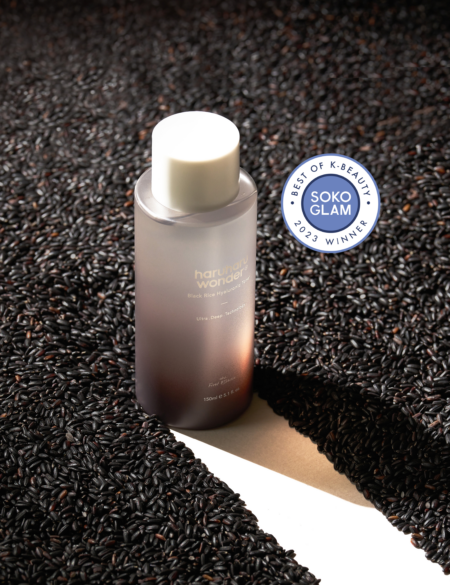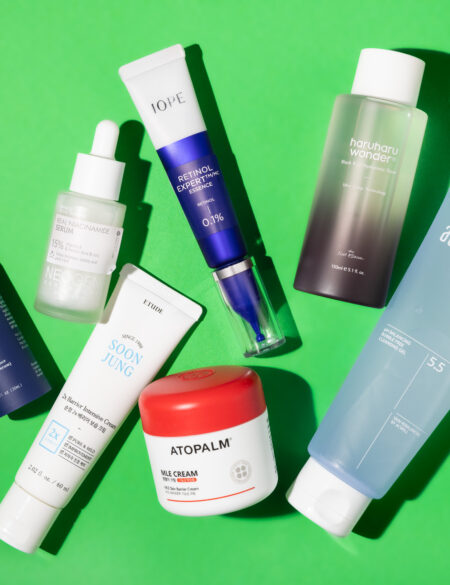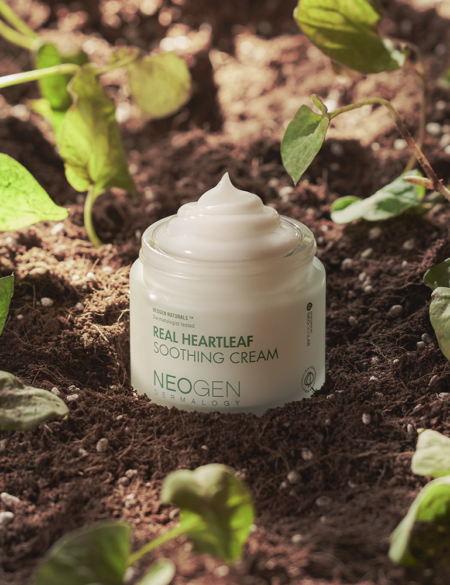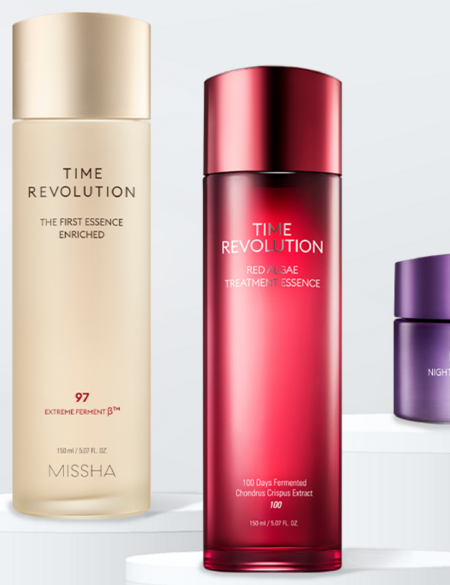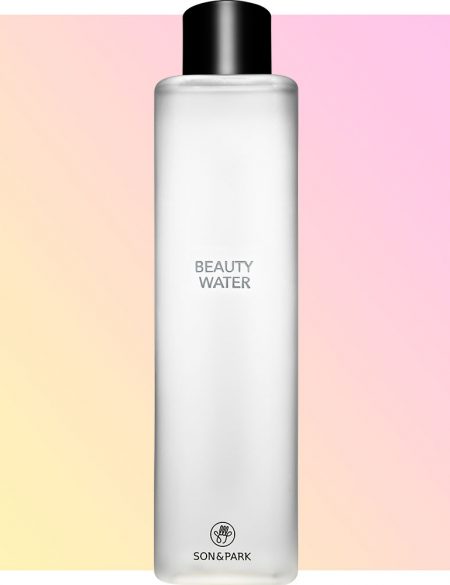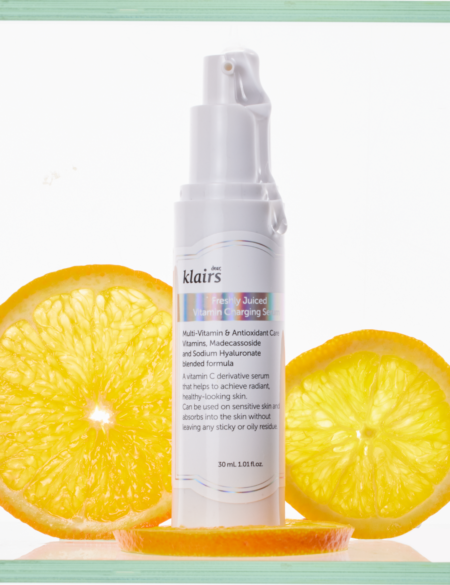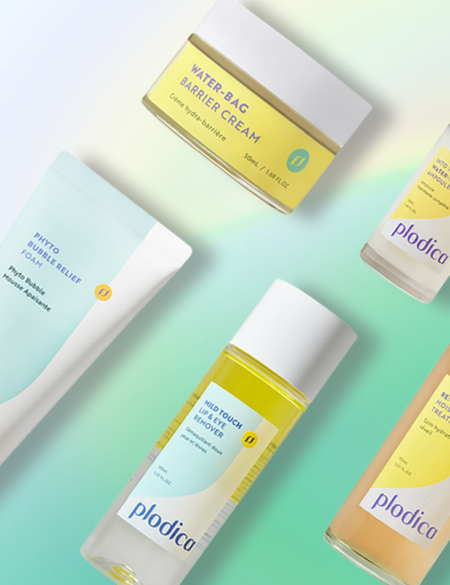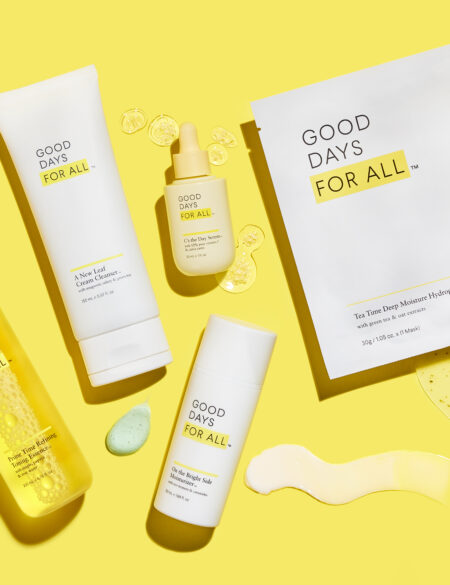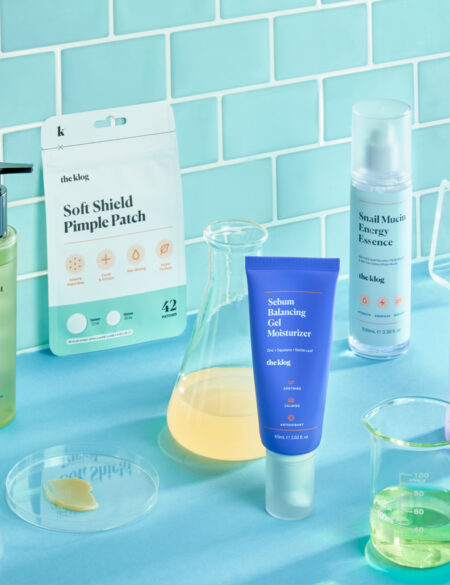If you’ve ever made a vinaigrette, you know that oil and water don’t mix. When you whisk oil and vinegar together, tiny oil droplets rush into the watery vinegar and, for a few moments, it forms a coarse mixture. But eventually it separates back into two layers—oil on top, vinegar on the bottom. On their most basic level, many skincare lotions and creams are just mixtures of oil and water, so how do they stay together?
In a word: emulsifiers. The most common type of emulsifiers used in skincare are surfactants (the term is a hybrid of “surface active agents”). Surfactants are compounds that reduce the surface tension between two things that don’t usually mix, like oil and water, making it easier for them to be next to each other. When you shake a bottle of oil and water, little droplets of oil are briefly dispersed into the water. But introduce a surfactant in the mix, and the droplets will be smaller and more stable—meaning the whole thing will stay mixed longer. This effect is used in cooking, too, even in everyday things like mayonnaise. Eggs contain a natural emulsifying surfactant called lecithin which helps mix oil with the water found in the egg and vinegar.
This emulsifying property of surfactants make them essential in cosmetics. They can be used to blend oil and water in products like lotions and creams. They can be used to solubilize fragrances and preservatives into water. And they can be used as cleansers to remove dirt, skincare, and makeup from the skin.
They can also enhance how skincare products work on skin. Surfactants can be used to coat active ingredients, protecting them from degradation and helping them penetrate deeper into the skin. Surfactants can also enhance penetration of actives by temporarily disrupting the skin’s lipid barrier, allowing ingredients to pass through more easily (this can be good or bad—it can also enhance the irritancy of certain compounds).
There are naturally-occurring emulsifiers that are found in plants (like soap nuts), bacteria, and animals (eggs!). Many other surfactants are made through chemistry, both from natural and synthetic materials. Chemists experiment to find the right one(s) for each individual product. It’s all in the mix. Literally.



